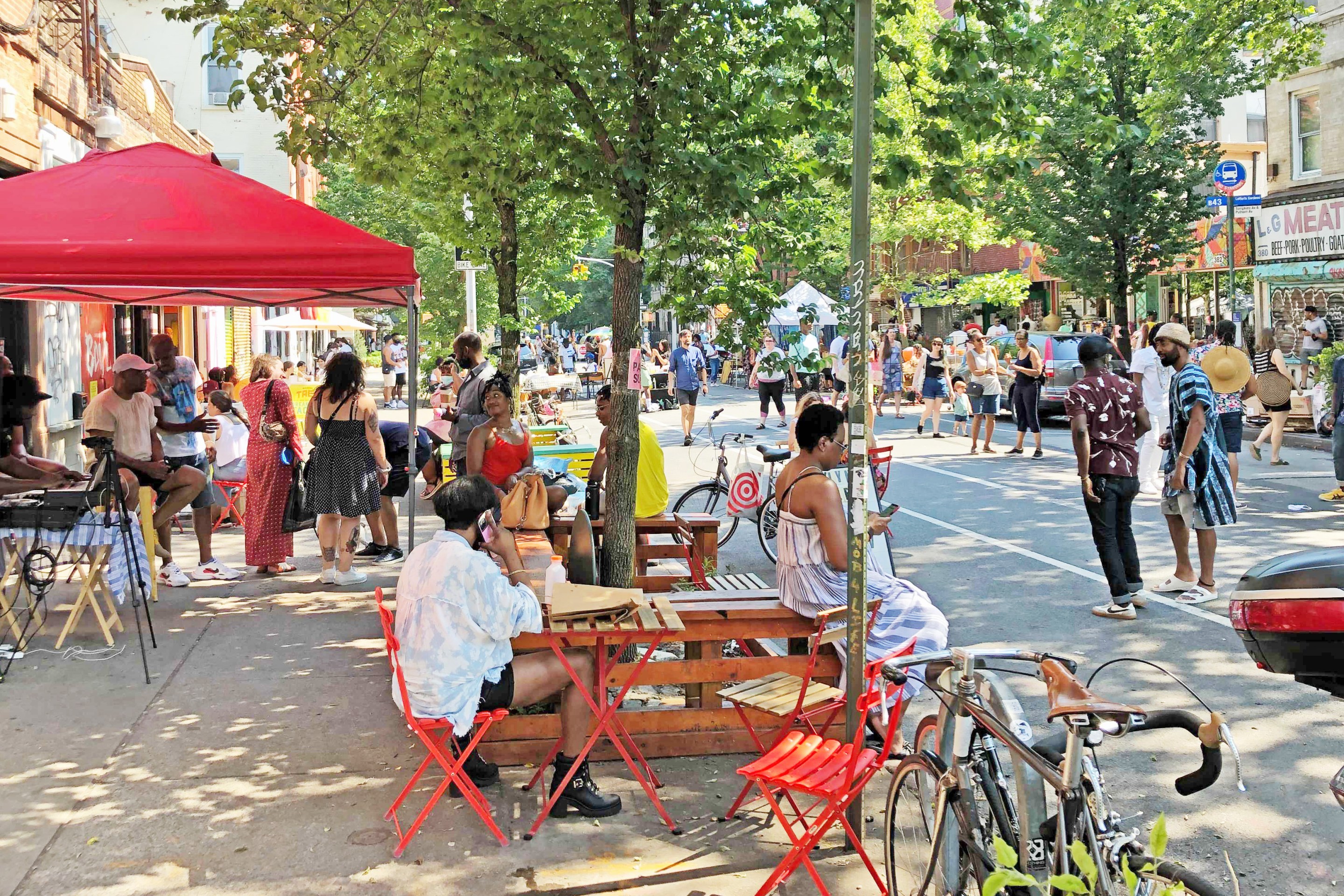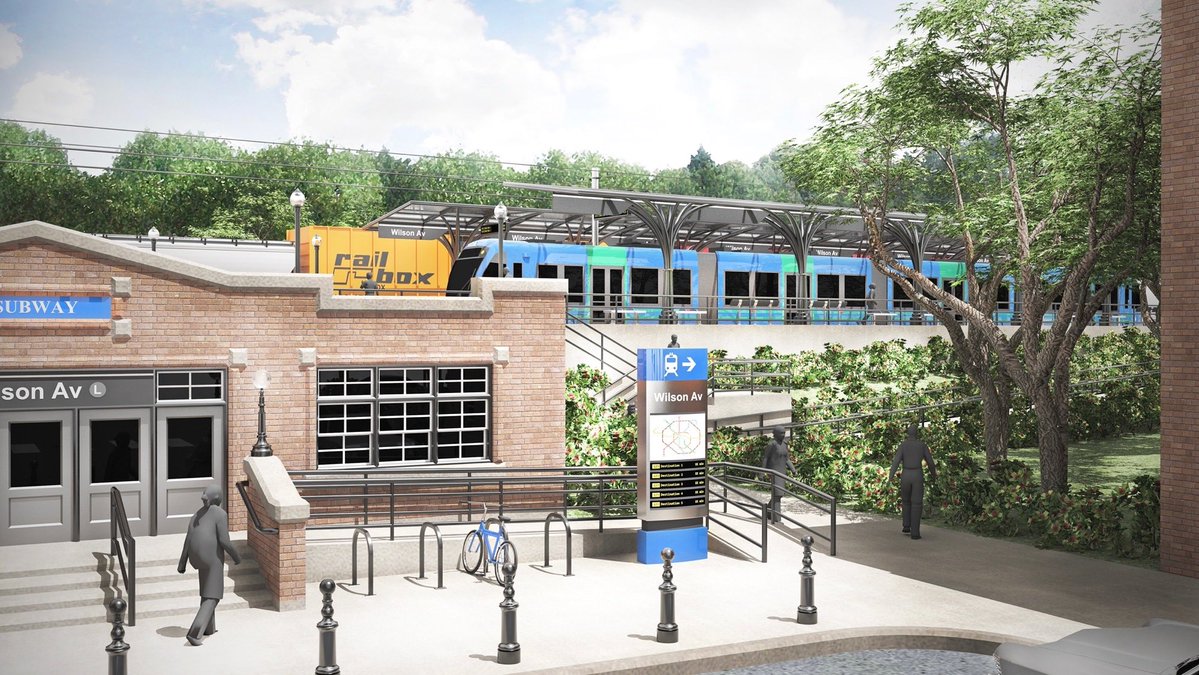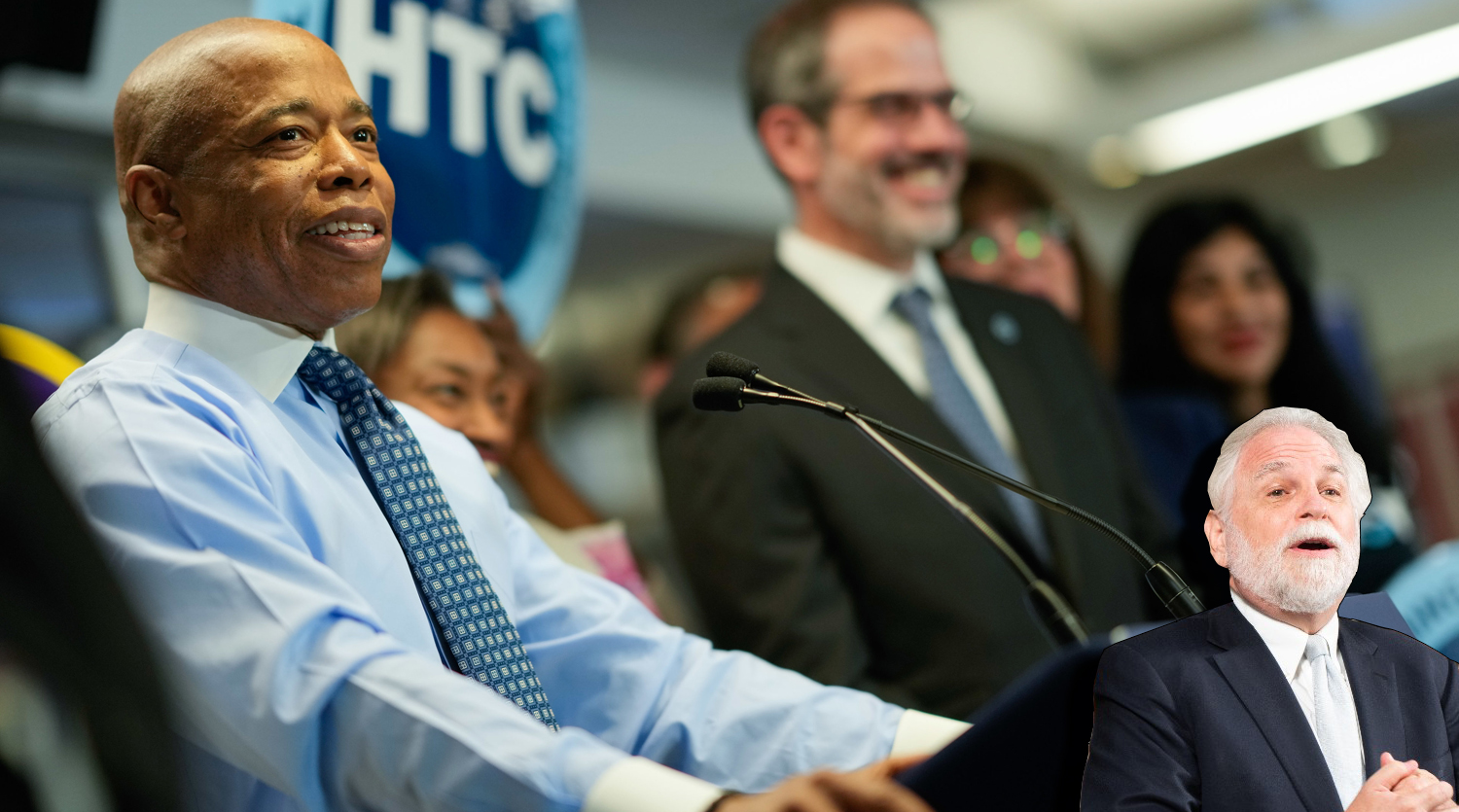Today on the Streetsblog Network, we've got a something of a debate going on the subject of putting new transit routes alongside highways in American cities.
Last Friday, Yonah Freemark at The Transport Politic noted the opening of Portland's Green Line with a post titled "Portland's New Rail Line Is Welcome News, but It's Not Routed as It Should Be." The line's location on the highway right-of-way, argues Freemark, will discourage transit-oriented development:
The highway makes an ideal right-of-way for the purpose of increasingspeeds and reducing interference with surrounding neighborhoods, but itis the worst when it comes to spurring transit-oriented development.TOD, after all, should be the primary land use goal of any new publictransportation investment, and Portland is likely to get very little ofit along the Green Line. That’s because the mere presence of I-205,with its traffic, noise, and pollution, will make development adjacentto it unappealing. Worse, because the transit corridor will be locatedon one the side of the freeway, people will have to cross the very wideroad to get to the other side.
But that's not how Jarrett Walker over at Human Transit sees it. Walker pulls out some pictures from a recent trip to Berlin to make his point. There, he notes, thriving upscale neighborhoods like Charlottenberg can be found on precisely this type of transit/freeway corridor:
When a New World city builds a rail line alongside a freeway, or
even in its median, nobody expects the result to look like Berlin any
time soon. But it's not obvious that these can't be dense
transit-oriented districts in their own style a few decades from now,
if that's what local government wants. Yes, it's always better to have
the transit stop right inside the dense commercial core of a
neighborhood. But if we make that an absolute requirement in our
thinking, we end up having to choose between either
- underground lines in places where we can't afford undergrounding, or
- elevated lines in places where community impacts just won't allow it or
- lines at grade on arterial streets, even if in exclusive lanes,
that can't deliver a reasonable travel time given the long regional
trips the line is intended to serve.
And on most of the American rapid transit projects that I've been close to over the last two decades, any of those outcomes would have killed the project.
The Overhead Wire takes up the topic in a post called "When Road Engineers Do LRT":
I don't disagree with folks like Jarrett
when they say that rapid transit has its best opportunities to run fastin the freeway. But at the same time, there are similar opportunitiesto leave the freeway ROW when it comes time to have a station andconnect the places that people ultimately want to go, and the parcelsthat should be redeveloped into walkable districts.
I believe aperfect example of this is the Denver Tech Center. When they designedthe T Rex project, why didn't they go forward with the option thatwould have allowed direct access to the center of the employmentdistrict? I imagine it was perceived cost compared to running time. Itdidn't matter that its where people wanted to go, when the train wasmoving it was running fast, so stopping on the other side of thefreeway was a better option for the ridership modelers and theengineers designing the road.
And one more post on transit routing from the blog Say Yes to the Honolulu Rail System, which is written by a communications consultant to the City of Honolulu on their proposed rail line. He objects to a new proposal that would not be fully elevated and -- it seems to me on first inspection -- would run closer to some downtown destinations by diverging from the freeway right-of-way. Anyone know more about the relative merits of these proposals?





